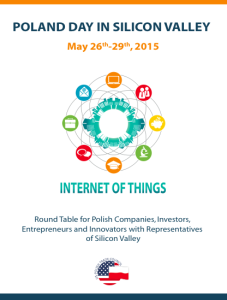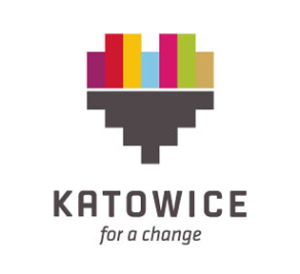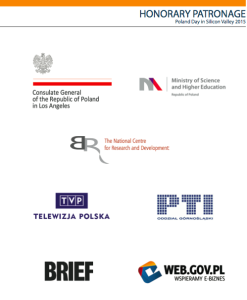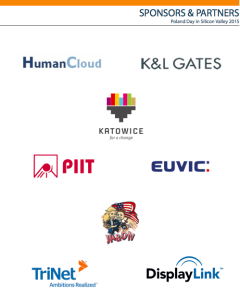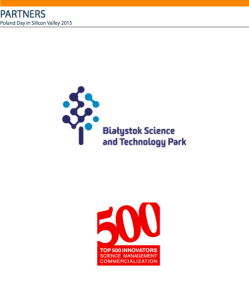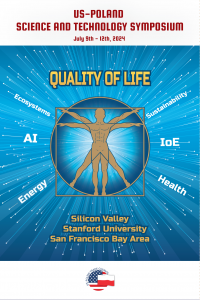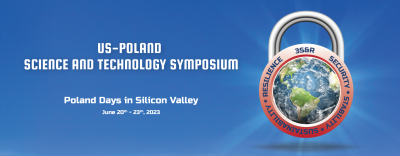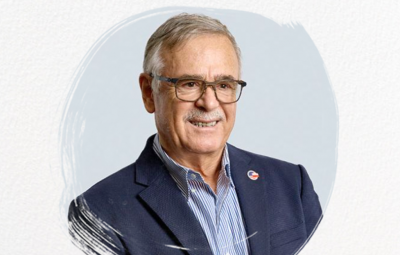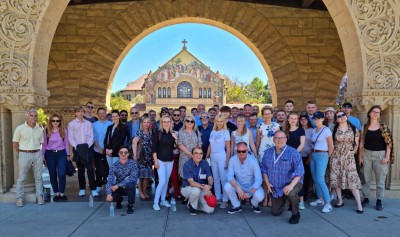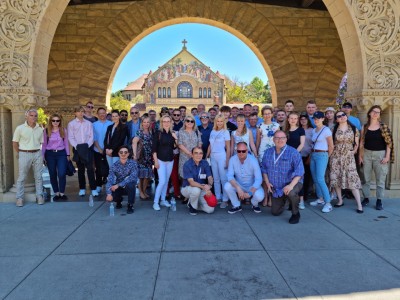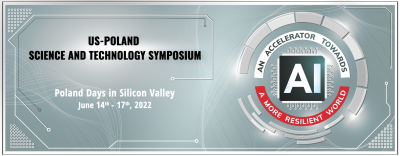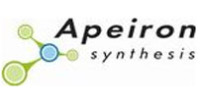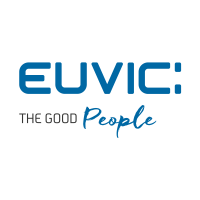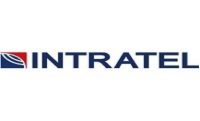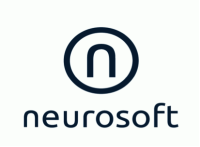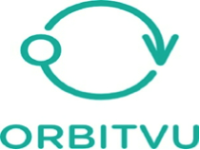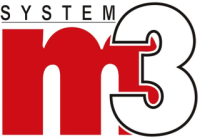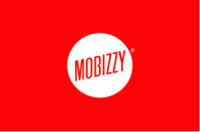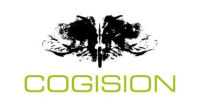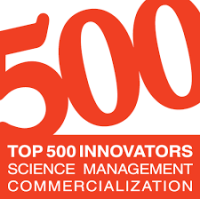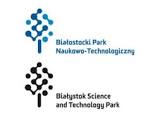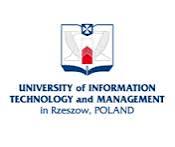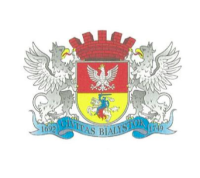Summary of Poland Day in Silicon Valley 2015
The 2015 Edition of Poland Day in Silicon Valley (May 26-29, Palo Alto, California) was a series of successful, networking-oriented and trend-defining events which brought together distinguished experts from leading U.S. and Polish universities, government and city representatives as well as inspiring industry leaders and seasoned entrepreneurs. US-Polish Trade Council (“USPTC”) thanks Polish government institutions, moderators, speakers, sponsors and attendees for their contribution through their presentations, discussions, and captivating engagement as USPTC’s long-running effort of attracting quality audiences and distinguished guests would not be feasible without their patronage and vital support.
On the 1st day of the Poland Day’s Program (May 26th) we focused on “Business Expansion through Silicon Valley” as relevant to Polish companies planning their global expansion into or via the U.S. market. First speaker, Ms. Sara Rauchwerger, the Founder and Director of CCICE, stated that compared to the rest of the world, and the European Union in particular, it is relatively easy and fast to establish a corporate entity in the U.S. As a result, we are currently experiencing a bit of “gold rush” of many foreign companies establishing presence in the U.S. Ms. Rauchwerger outlined key areas that need to be addressed by companies while seeking a successful U.S. presence, including forming partnerships, building a quality team, understanding cultural differences, and protecting company’s intellectual property (“IP”). Second speaker, Mr. Mark Iwanowski, the Managing Partner of Poland Growth Fund III, gave an excellent overview of a venture capitalist’s perspective on the entrepreneurial investing. Mr. Iwanowski defined and described angel, strategic and VC investor communities, typical sizes of VC funds, duration of typical investment cycle and typical returns expected by investors. He also shared his observations on the vetting process performed by VCs from the first contact to vast-knowledge on funding and on share of fund seekers that get funded. He emphasized that even the best candidates might not get funded if they approach a fund in the inopportune part of the VC fund’s life. He shared insightful statistics on the successes of funding initiatives. Mr. Iwanowski also commented on the improving climate for venture financing in Poland but pointed also to obstructions, for instance laws that prohibit the use of pension funds as sources of venture capital, as limiting factors to growth of financing opportunities.
On the 2nd day of the Poland Day’s Program (May 27th) we proceeded with corporate legal, IP and finance aspects of conducting business in the U.S. First, Ms. Soody Tronson, the Founder and Principal at STLGip, stressed the importance for companies of identifying and protecting their IP. She reviewed various types of IP and discussed vehicles available to its protection. Ms. Tronson emphasized that in the U.S. legal environment it is essential to involve legal professionals from the very beginning of corporate activity to reduce the likelihood of mistakes that could damage the future of the company. Second, Mr. Stan Lewandowski, Partner at K&L Gates, described the corporate financing forms most frequently used by start-ups in the U.S., and correlated applicability of different vehicles to different stages of a start-up’s existence. In addition, Mr. Lewandowski addressed two issues raised in the first day of the meeting: the reasons for most companies incorporating in Delaware and the visa-related considerations that are faced by a foreign entrepreneur starting a company in the U.S. Next, Mr. Steve Olson, Chief Strategy Officer at Early Growth Financial Services, presented on financial plan creation, as a credible financial plan is a must for any start-up. Mr. Olson described components of financial plan, process of the development of top-down and bottoms-up financial projections, and the creation of a budget. He noted that in most situations it is not necessary to create a financial model looking beyond three years into the future. The credibility and reasonableness of assumptions used in developing financial model and plan are essential for the plan’s reception by the investor community. It is a challenge for the founders of a start-up and for their financing entity to work closely together to ensure that those assumptions are clearly identified, discussed and understood. Ms. Paula Sieron and Mr. Vincenzo Mitolo, representatives of the Bank of the West, discussed requirements that must be met by foreign start-ups opening bank accounts in the U.S. The process is fast and easy, provided that proper documents are assembled in advance and presented to the bank. A list of required documents was given. Ms. Sieron also discussed available mechanisms for international and domestic fund transfers and payments. The importance of establishing credit history for developing successful banking relations has been emphasized and practical examples of how such history can be built were presented.
The afternoon’s round table discussion on Local Governments in Regional Business Aspects brought together representatives of local governments from Poland and the San Francisco Bay Area. The opportunities and challenges in working with the industry to provide best support for small and medium size enterprises were discussed. Polish side included representatives of city governments of Katowice and Białystok: Mr. Bogumił Sobula, Deputy Mayor of Katowice City; Mr. Patryk Białas, Delegate of Association of Industry Parks and Technology; Ms. Anna Daszuta Zalewska, Director of Białystok Science and Technology Park; Mr. Przemysław Grzywa, Vice President of Young Entrepreneurs Forum of Chamber of Commerce and Industry in Katowice; Dr. Magdalena Kolka, Deputy Director of Strategic Investors Assistance Department in Katowice City Hall; and Mr. Wojciech Kosiński, Board Member of Human Cloud. The U.S. side included representatives of San Francisco, Redwood City and Mountain View: Mr. Mark Chandler, Director of San Francisko Mayor’s Office of International Trade and Commerce; Mr. Sean Brooks, Economic Development Manager of Redwood City; and Mr. R. Michael Kasperzak, Jr., Council Member and former Mayor of Mountain View. All cities emphasized their efforts to improve the quality of life in their regions as means to attract and retain high quality workforce. Polish cities, Białystok and Katowice, focus their efforts on creating a business environment that would encourage start-up activities and company migration to their regions. Those efforts include availability of tax mechanisms, rent discounts, provision of infrastructure improvements for new industrial facilities and services such as creating new public transportation lines supporting new facilities. They also described their active involvement and support in creating industrial and technology parks that provide an attractive ecosystem for entrepreneurial activities. Those approaches are natural for regions that want to stimulate entrepreneurial growth. In contrast, Bay Area cities often have to address issues created by contemporaneous success of many companies based in the area: increased traffic, need for additional housing for increasing workforce, need for additional office space. Representatives of the Bay Area cities also stressed the need for developing open communication channels between the industry and local governments to ensure that activities that affect local communities are addressed in a constructive and proactive manner.
On May 27th, USPTC also hosted two networking events: at the USPTC’s headquarters and, jointly with Polish Network, at the Yacht Club of the San Francisco Bay. Silicon Valley professionals together with representatives of Polish companies and government representatives had an opportunity to mingle and share their valuable experience.
Poland Day in Silicon Valley culminated on the 3rd day (May 28th) with the Symposium focusing on the topic “Internet of Things” (IoT) held at the Stanford Faculty Club.
Dr. Piotr Moncarz, Consulting Professor at Stanford University and Chairman of USPTC,Mr. Jerzy Orkiszewski, President of USPTC, and Mr. Mariusz Tomaka, President of USPTC Poland, gave welcome remarks, after which Consul General Mariusz Brymora from the Consulate of the Republic of Poland in Los Angeles delivered an opening speech. Consul Brymora expressed his hope that The Transatlantic Trade and Investment Partnership (TTIP) agreement, to be negotiated this year, will create a better framework for economic interaction between U.S. and the EU, creating the largest economy in the world. The Welcome Letter by Minister Olgierd Dziekoński, Secretary of State in the Chancellery of the President of the Republic of Poland was read at the opening of the Symposium
The panel on Internet of Things was opened by Dr. Janusz Bryzek’s overview of the IoT field, starting with its definition, history, and present and future trends. IoT is a vision to connect all people and all devices on Earth, and to collect all available information. While IoT is currently a hot buzzword, and in the beginning only few understood its potential, it is rapidly moving toward becoming a major economic activity and force. Nest is considered to be the first IoT company in existence. Some companies, like General Electric and Cisco Systems, and countries such as China and Korea are already making major investments in the area. According to Cisco Systems’ forecasts, IoT could create 170 million global jobs by 2020, mostly in the knowledge area. The IoT activities will likely be dominated by software related to big data analysis. Some believe that it might lead to 3rd GDP revolution fusing computing, communication and sensing. Futuristic claims by Peter Diamandis envision IoT leading to the world of abundance – without hunger, with medical care for all, and with clean water and energy for all. The wave of IoT progress might also lead to changes such as elimination of certain industries and evolution of manufacturing into system based on the knowledge gained from customer’s use of the product. Digital Health area is expected to experience explosive growth, while Agricultural Technology emerges as a new frontier for the IoT. Medicine’s Manhattan Project is an interesting initiative launched to advance medical care.
Other presentations in the IoT session given by Mr. Peter Dabrowski, General Manager at Oort Inc., Dr. Jacek Frączek, Assistant Professor at Silesian University of Technology, Mr.Jeff Wallace, President and Founder at Global Kinetics, Dr. J. Patrick Kennedy, CEO and Founder of OSIsoft, and Mr. Kamil Kuchta, CEO and Co-founder of Spray Networks Inc, included examples of diverse current efforts that might become part of the big IoT landscape. These included social networking applications, arrangements for providing real time customer inputs to increase customer satisfaction, development of application software for real-time data infrastructure solutions for a variety of applications such as plant management. IoT applications in the “smart city” type were also described including traffic and city lighting management. Mr. George Suwala of Cisco Systems shared several interesting current applications of the IoT. One was the Power Over the Internet arrangement that can provide motion sensitive electrical power to LED-based illumination of the building thus making standard electrical wiring unnecessary. Another example was a smart toilet that can be based on detection of color of urine to advise the user to rehydrate.
Education segment of IoT session included presentations by Ms. Grażyna Szczepaniak, Co-founder of Booke, Mr. Arthur Mrozowski, Managing Partner of Silicon Hill Ventures, LLC, Mr. Gustav Groth, CEO and Founder of Frugoton, and Mr. Ted Tagami, CEO and Co-founder of Magnitude.io. Booke is an iOS application that brings all the functionality of eBooks to printed works. Through this application, physical books become more like e-books, combining the best elements of both analog and digital reading, thus leading to an improved experience. Frugoton showed how their IoT based application provides for science oriented educational experience for different age groups. Finally, Magnitude.io presented its approach to bringing aerospace and science, technology, engineering and mathematics (STEM) project based learning experiences into today’s classrooms. It was said, it might help alleviate the shortage of candidates for engineering and scientific professions in the U.S. The issues of security and privacy have been raised and discussed during the IoT session as one that creates a major concern for the customers.
At the conclusion of the day, representatives of Katowice and Białystok (Ms. Anna Daszuta Zalewska, Dr. Magdalena Kolka, Mr. Wojciech Kosiński and Mr. Daniel Maksym, Head of Department of National Centre for Research and Development) described their broad efforts to stimulate innovation and entrepreneurship in their cities. Those efforts include creating incubators, technology and research parks, and providing economic incentives. In addition, organizational framework is created to provide the entrepreneurs with an opportunity to meet, interact, and act together as needed.
A well-attended networking business mixer and Gala Dinner culminated the Symposium. Consul General Mariusz Brymora shared, in a keynote speech, his thoughts on diplomacy and the relationship between Poland and the U.S.
On the following day (May 29th) the participants of Poland Day were invited to co-working and business mixer sessions at the offices of USPTC in Palo Alto.
We hope you will take a few minutes to view the movie and photo galleries from this year’s edition of Poland Day in Silicon Valley.
We proudly thank our patrons, sponsors and partners.
Golden Sponsor
We invite you to read the report prepared by ABSL on the city of Katowice:
Download (Report-Katowice-Agglomeration-Business-Services-Powerhouse.pdf)

